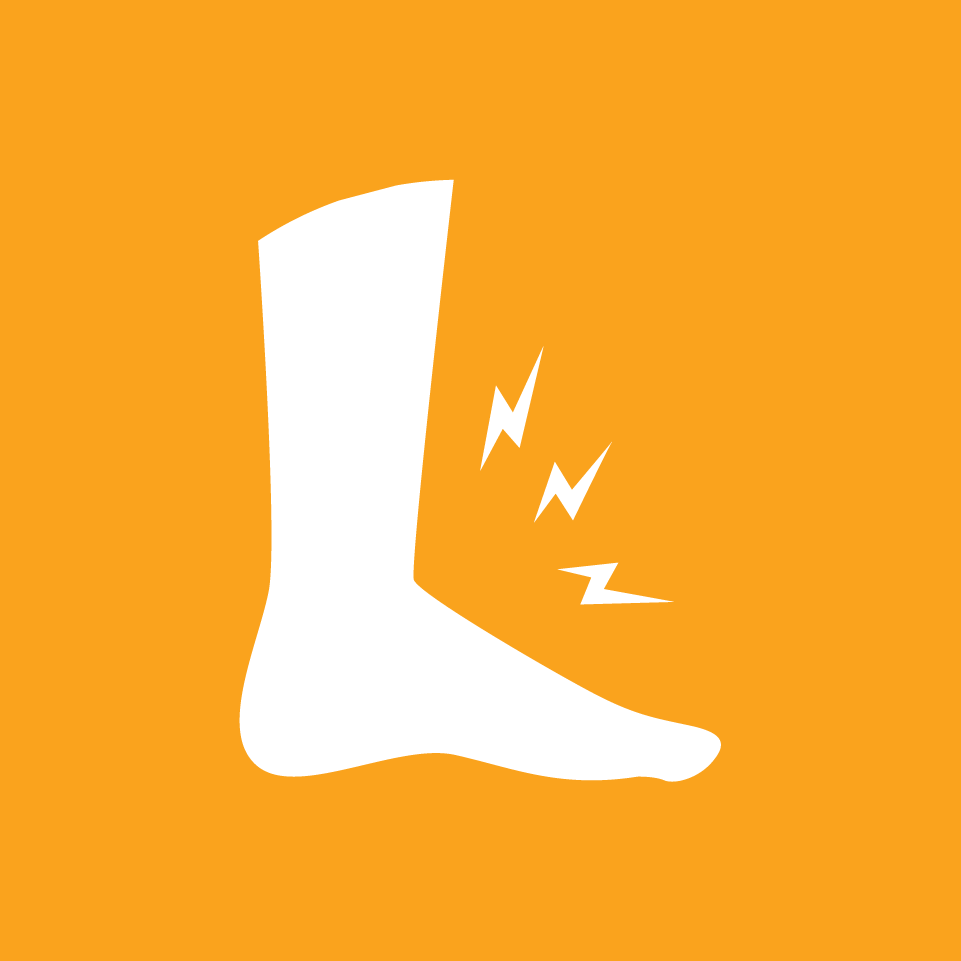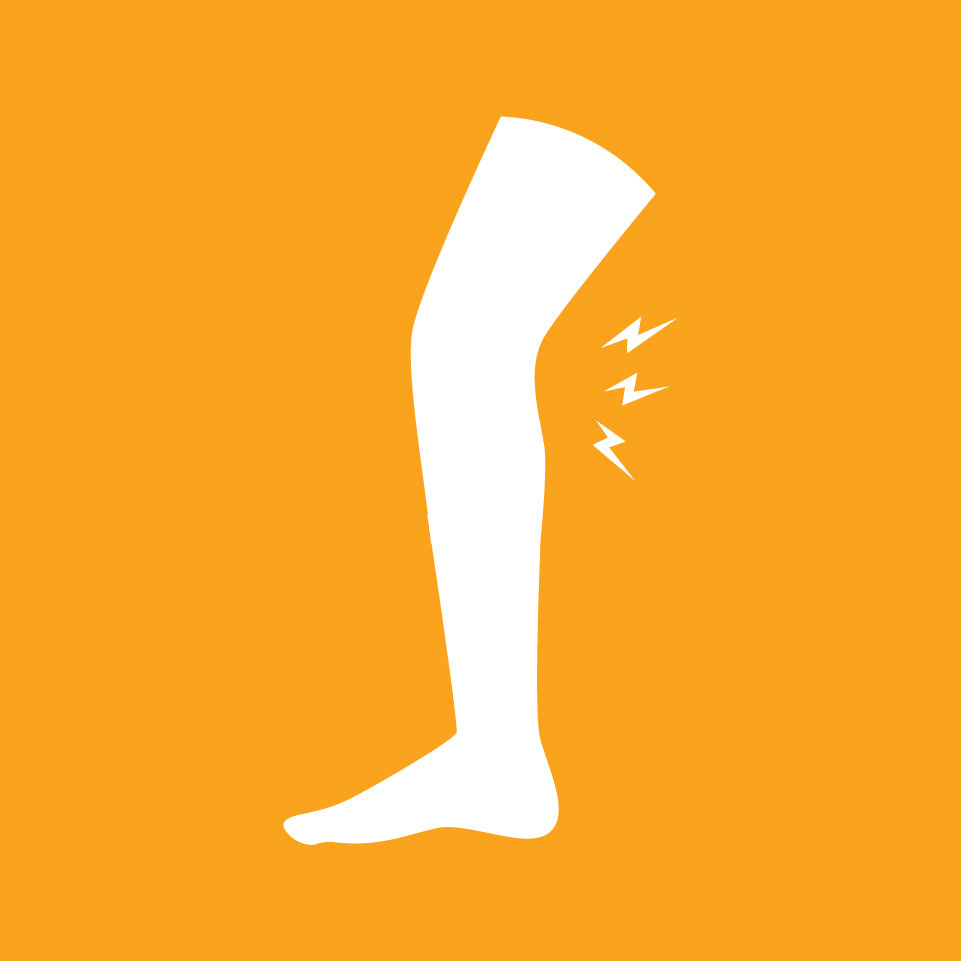Why does my hand hurt?
Hand and wrist pain can result from many different causes and can be debilitating in daily life activities. The good news is that the painful symptoms associated with hand pain can be conservatively and successfully treated and relieved in most instances. Hand pain can develop suddenly or may arise after years of mild, sporadic pain. In cases of hand pain, you may have a hard time making a fist, grabbing or holding on to objects, or even simply rotating your wrist. Working with a hand therapy specialist to develop a program to prevent recurrent problems can help you understand why you have developed the condition, address you as a whole person, not just a diagnosis, keeping you engaged in the work and recreational activities you love.
Symptoms of hand and wrist dysfunction may include:
Weakness
Tingling
Numbness
Swelling (edema)
Redness
Pain with movement or at rest
Difficulty with grip or pinch
Possible reasons for hand pain:
De Quervain's Tendinitis (or first compartment tenosynovitis)
This is inflammation of the tendons at the base of the thumb. Often see in new mothers due to swollen wrists in combination with extended thumb positions to hold the baby or bottle, DeQuervain’s tenosynovitis, is a common condition for many reasons as the thumb is very mobile in all directions and can easily be overused in improper alignment. Taking a few simple steps early on in the condition can help prevent the symptoms from becoming more severe and disabling.
Arthritis in the Hand
Arthritis literally means “inflamed joint”. Normally a joint consists of two smooth, cartilage-covered bone surfaces that fit together as a matched set and that move smoothly against one other. Arthritis results when these smooth surfaces become irregular and don’t fit together well anymore and essentially “wear out”. It can affect any joint in the body, but it is most noticeable when it affects the hands and fingers. Arthritis of the hand can be both painful and disabling and affect functioning. The most common forms of arthritis in the hand are osteoarthritis, post-traumatic arthritis (after an injury), and rheumatoid arthritis. Often therapy to address arthritis is only 3-6 visits and this can provide a lifetime of help and prevention with your condition. Options for splinting and joint protection principles will be part of your therapy experience at Brown Rogers Physical Therapy.
Rheumatoid arthritis in the hand
Rheumatoid Arthritis (RA) in the hand can cause pain, tenderness, swelling, stiffness, joint instability, misshapen fingers, and decrease function/strength and poor alignment. The joints affected by rheumatoid become eroded and less stable. Hand therapy is very important so that you can better understand what you are doing that is contributing to dysfunction and improve joint protection with daily tasks, especially in the kitchen and with other activities of daily living. Your therapist will likely create custom splints and recommend many joint preservation techniques including safe strengthening and ROM exercises. If you have RA and have been told to squeeze a ball that moves, or use a traditional grip strengthener, STOP, and come in for a few visits to better understand how to keep your hands healthy and functioning.
Osteoarthritis (OA)
On the ends of your bones, there is a layer of smooth material called cartilage. It helps cushion your joints and allows them to slide easily with bending and straightening. But over time, the cartilage can become worn down, and bones rub against each other, causing the symptoms like pain, inflammation, swelling, stiffness and redness. The wear and tear can also cause other tissues in the joint to make inflammatory cells, which damage it more.
Therapy will help you in understanding what you may be doing that contributes to these symptoms. The less you become inflamed, the better you function and the more you preserve your joint integrity.
Tendon Injury and Laceration
An inability to bend or straighten the thumb, fingers or wrist can be caused by cuts or trauma to tendons in the forearm, wrist, or hand. If this occurs, see a surgeon right away. Therapy is needed to follow protocols based on the type of injury, the location of injury, and based on details in your operative report. The intention of therapy is to reduce scarring, improve range of motion and restore function while protecting the repair. It is not unusual to need additional surgery to improve stiffness, and recovery can take 3-6 months.
Wrist Tendonitis
An injury or inflammation of one or more tendons can cause the sheath to thicken, enlarging it and restricting the fluidity of movement. Repetitive motion that puts stress on the tendon over time can cause the inflammation that causes tendonitis including playing sports, using a computer or game device, writing, or working with tools. Also sudden injury (falling on, hitting, or bending the wrist), poorly positioned joints or bones, weak wrist posture, arthritis, diabetes, or decreased flexibility for whatever reason can contribute to tendonitis, age and/or flexibility.
Wrist Sprain
Typically caused by a fall, a wrist sprain can be mild to severe, and will often require splinting, compression, ice, and gentle stretching. Occasionally surgery is needed to repair a severe tear of ligaments or due to an avulsion fracture (tendon tears part of the bone away) that does not heal.
Fractured Bones in the Hand or Wrist
This is caused by direct trauma like a fall or object hitting your bone with force, proper diagnosis and treatment of wrist injuries is necessary to avoid long-term problems, including chronic pain, stiffness, and arthritis. With all upper extremity trauma, it is important to keep the parts not immobilized moving and functioning.














